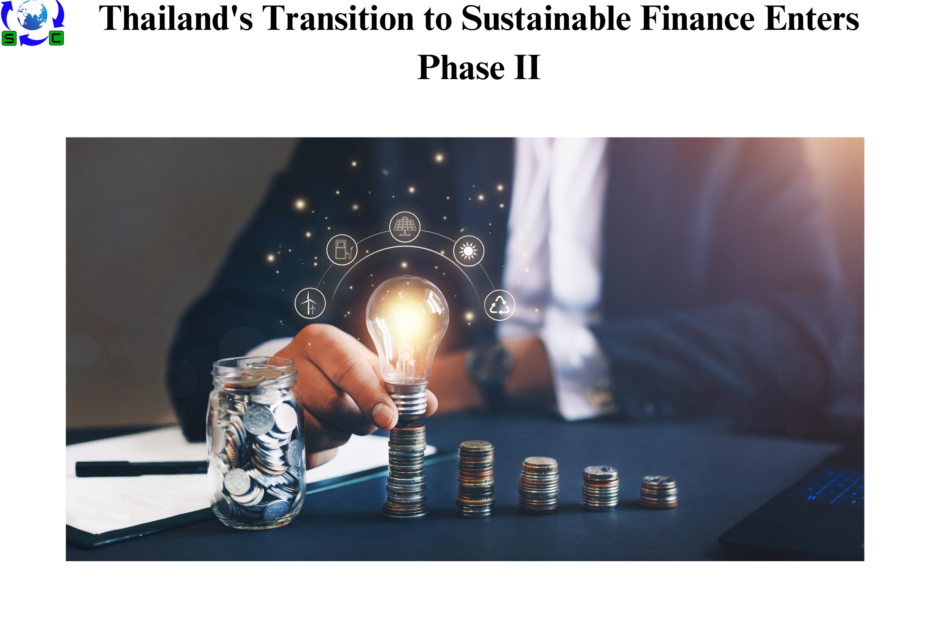
- The second phase includes things like manufacturing, agriculture, waste management, and construction.
- Thailand’s yearly demand cannot be met with the existing investment.
Last year, Thailand launched the Thailand Taxonomy initiative to assist the nation transition sustainably and meet its climate targets.
In order to help five industries reach their net zero targets, the country is currently entering the second phase of this sustainable finance transformation, which is centered on giving them green or sustainable loans.
Thailand’s Climate Goals
- By 2030, methane emissions will be cut by at least 30%.
- By 2050, reach carbon neutrality.
- By 2065, there should be no net greenhouse gas emissions.
Hence, banks and other financial institutions are playing a more and bigger role in assisting the nation’s companies in making the shift to more sustainable practices. This is why they are now providing green bonds and loans, as well as other ESG (Environmental, Social, and Governance) financial products.
But it’s a longer journey. Thailand has to invest at least 400–500 billion baht annually to support the adoption of more environmentally friendly technology.
Classification System:
The first phase classified economic activities as follows:
- Green: Assists in mitigating climate change.
- Yellow: Reduces emissions via work.
- Red: Disagrees with lowering emissions.
Just 10% to 12% of energy-related activities are categorized as green, 50% to 60% as yellow, and 20% as red.
The second phase will encompass other industries that account for almost 90% of Thailand’s greenhouse gas emissions, including waste management, manufacturing, construction, real estate, and agriculture.
Financial instruments that promote green efforts are in greater demand. Among these, green loans and bonds are highly sought-after. To accelerate their eco-friendly activities, several companies are investing in them.
Around 7-8 billion baht in green bonds and 350 billion baht in sustainability-linked loans have been issued since the country’s introduction of green bonds in 2018. To fulfill the yearly demand, however, this is insufficient.








 Authorised IMDS & CDX Training & Consulting partner for
Authorised IMDS & CDX Training & Consulting partner for






